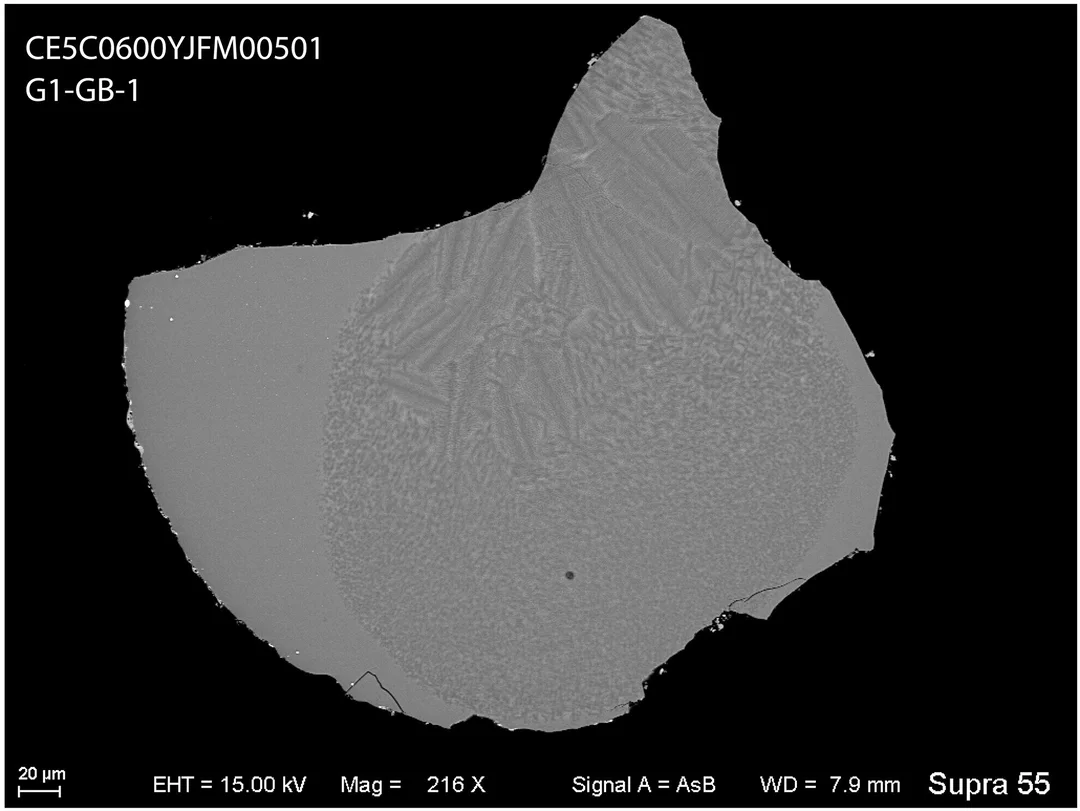
Tiny Green Beads Unlock Lunar Secrets: Chang’e-5 Mission Reveals Potential Glimpse into Moon’s Mantle
An international team of scientists has made a groundbreaking discovery, suggesting we may have just gotten our first direct peek into the Moon’s mantle. Using tiny, green glass beads collected by China's Chang'e-5 lunar mission, researchers have uncovered evidence of a potentially deeper origin for these intriguing lunar objects.
These findings, detailed in a new study published in Science Advances, point to the possibility that an asteroid impact billions of years ago could have excavated material from the Moon's mantle, offering unprecedented insights into its hidden layers. The research team hailed from Curtin University, Nanjing University, and The Australian National University.

Typically, lunar glass beads are formed from impacts melting surface rocks. However, these particular beads boast unusually high levels of magnesium, sparking the theory of a deeper origin. As Professor Alexander Nemchin from Curtin's School of Earth and Planetary Sciences explains, "These high-magnesium glass beads may have formed when an asteroid smashed into rocks that originated from the mantle deep within the Moon. This is exciting, because we've never sampled the mantle directly before: the tiny glass beads offer us a glimpse of the Moon's hidden interior."
The unique chemistry of the beads further supports this hypothesis. Co-author Professor Tim Johnson points out that the composition differs significantly from previously analyzed lunar surface rocks. He suggests that a massive impact, such as the formation of the Imbrium Basin over 3 billion years ago, could have unearthed these materials from deep within the Moon.
"Remote sensing has shown the area around the basin's edge contains the kind of minerals that match the glass bead chemistry," Professor Johnson noted. "This is a big step forward in understanding how the Moon evolved internally; if these samples really are pieces of the mantle, it tells us that impacts can excavate otherwise inaccessible mantle material to the surface."
Professor Xiaolei Wang from Nanjing University, the lead author of the study, believes this discovery could impact future lunar missions: "Understanding how the Moon's interior is made helps us compare it to Earth and other planets. It could even guide future missions, whether robotic or human, that aim to explore the Moon's deep geology."
The discovery highlights the power of lunar sample analysis in revealing fundamental knowledge about the Moon's formation and evolution. How will this new understanding of the lunar mantle influence future exploration strategies? Share your thoughts in the comments below.